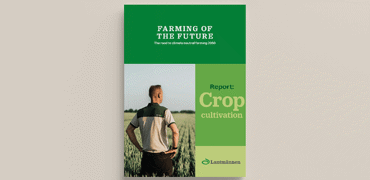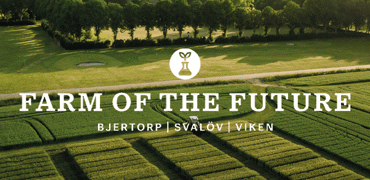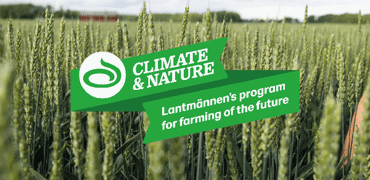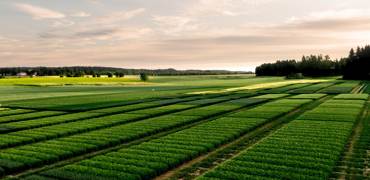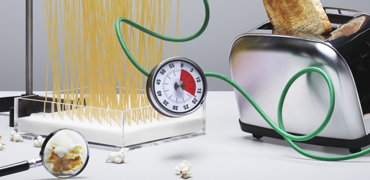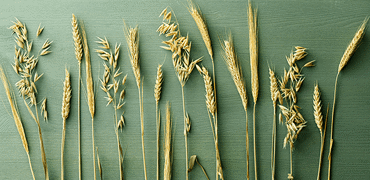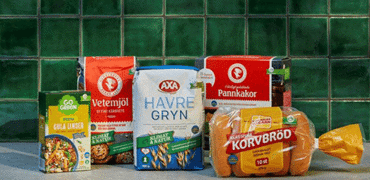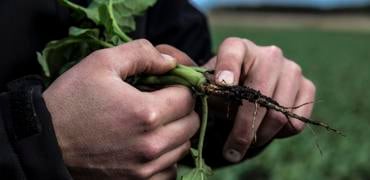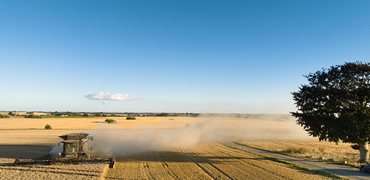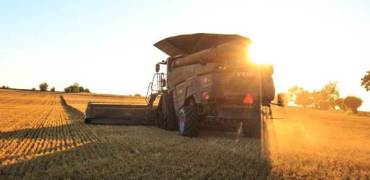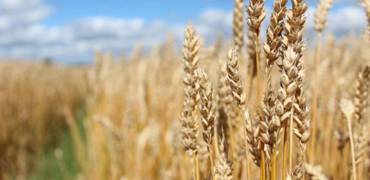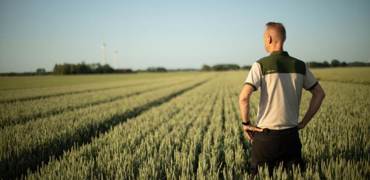In comparison to the same time period in recent years, the conditions look better than usual. However, the growth period of the crops is long and how much of the potential that remains when it’s time to harvest is largely due to the weather in the coming months.
“So far, all of the harvest potential from the autumn sowing remains, but there is still a lot of weather to factor in until harvest,” says Johannes Åkerblom, Director Arable Business, Lantmännen Lantbruk.
The conditions look good in large parts of southern and central Sweden. Only a small portion of the autumn-sown crops have suffered frostbite during winter dormancy. Across the region, rapeseed and autumn sown cereals have been fertilized.
In the northern parts of Sweden, soils are largely snow-free a month earlier than usual, although they still hold some frost. Furthermore, there are early indications that the, for the region so important, grassland has coped well during the winter rest.
Strained profitability and increased climate adaptation
The harvest is the engine of Swedish agriculture and food production, and considering the challenges of recent years, this year’s positive starting point is welcome.
“The harvest results of recent years have put a lot of pressure on our Swedish farmers, and the importance of producing good yields and getting a high-quality harvest cannot be overemphasized,” says Johannes Åkerblom.
The fact that fertilizer prices have increased sharply since last autumn, at the same time as the grain price is falling, and the development of the Swedish krona are three significant parameters that affect farmers’ profitability calculations early during the 2025 harvest year.
The experience of severe weather changes during the harvests of recent years is prompting farmers to review their cultivation strategies. Autumn sowing is record high and grassland cultivation has been replaced to a greater extent than before by more heat-resistant maize cultivation for feed and silage. Both are clear examples of farmers adapting to a changing climate.
“Farmers have always understood the importance and consequences of their decisions. In recent years, however, we see how these decisions are made to reduce the risks of volume reductions to a greater extent than before. This is probably why we see higher areas of autumn-sown crops that, when they survive the winter, are more robust and can withstand tougher stresses during the rest of the year. In addition, the trend of increased maize cultivation is continuing to take shares from grasslands,” concludes Johannes Åkerblom.
Swedish agriculture can and wants to produce more
Today, Sweden can support itself with up to 50 percent of the food produced by Swedish farmers and food producers. This means that Sweden as a country is largely dependent on imports even though Swedish farmers both can and want to produce more.
“Swedish agriculture and food production are world-class in terms of sustainability, animal welfare and food quality – with growth-focused investments and measures for climate adaptation, we can increase volumes significantly. Creating the conditions for a viable agriculture is a prerequisite for stronger preparedness,” says Patrik Myrelid, Head of Strategy at Lantmännen and member of the Swedish government's national expert council for climate adaptation.
Additional information related to the Swedish harvest
- Farmer’s report Before spring sowing (Only in Swedish)
- Matvärnet (only in Swedish)
For more information, please contact:
Lantmännen's Press Office
Tel: +46 10 556 88 00
E-mail: press@lantmannen.com






